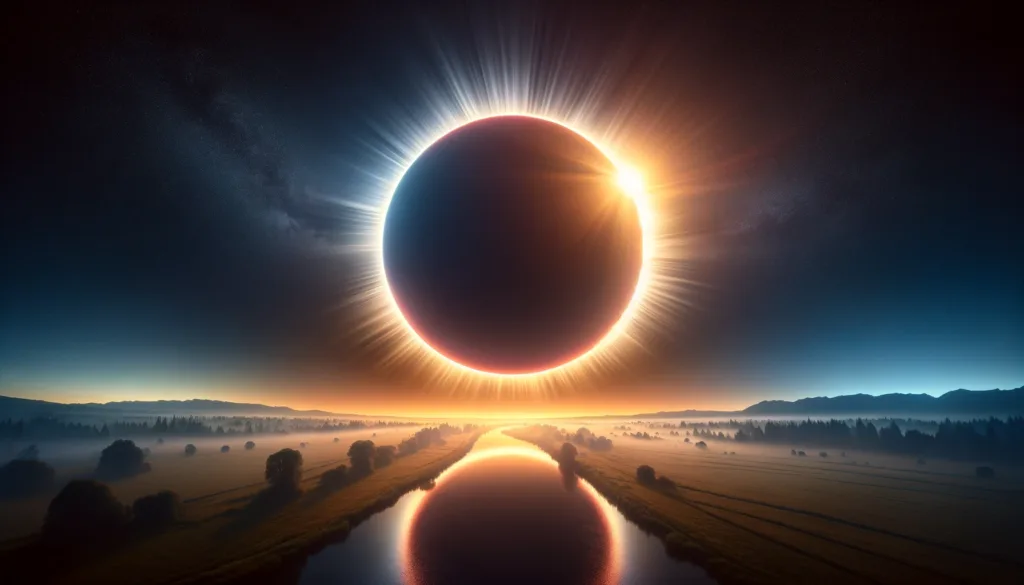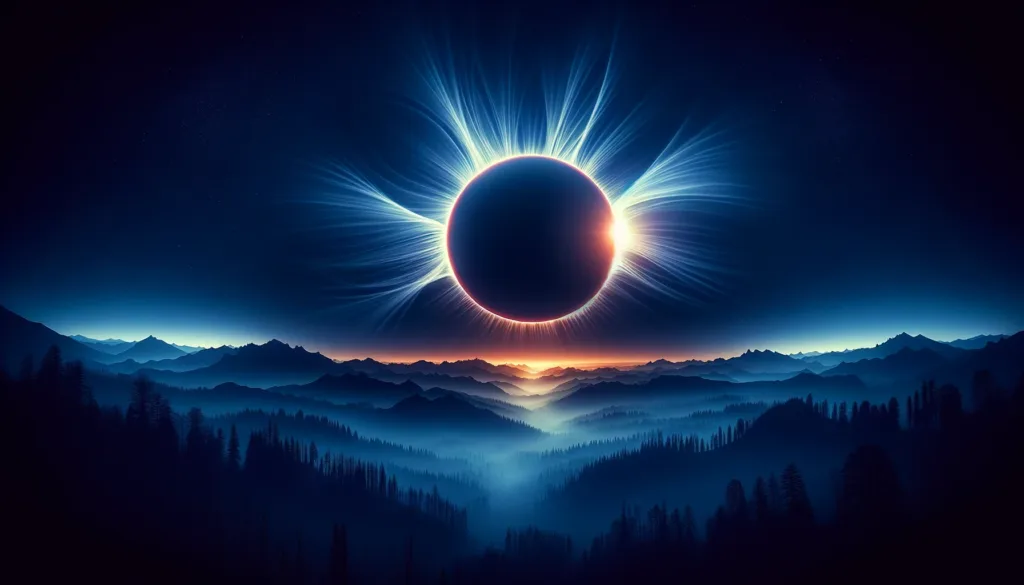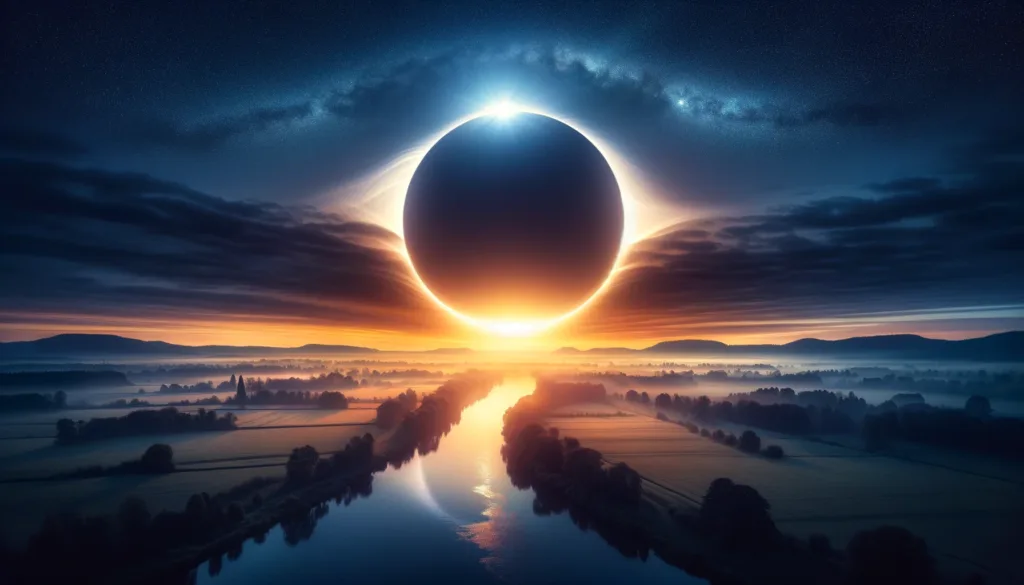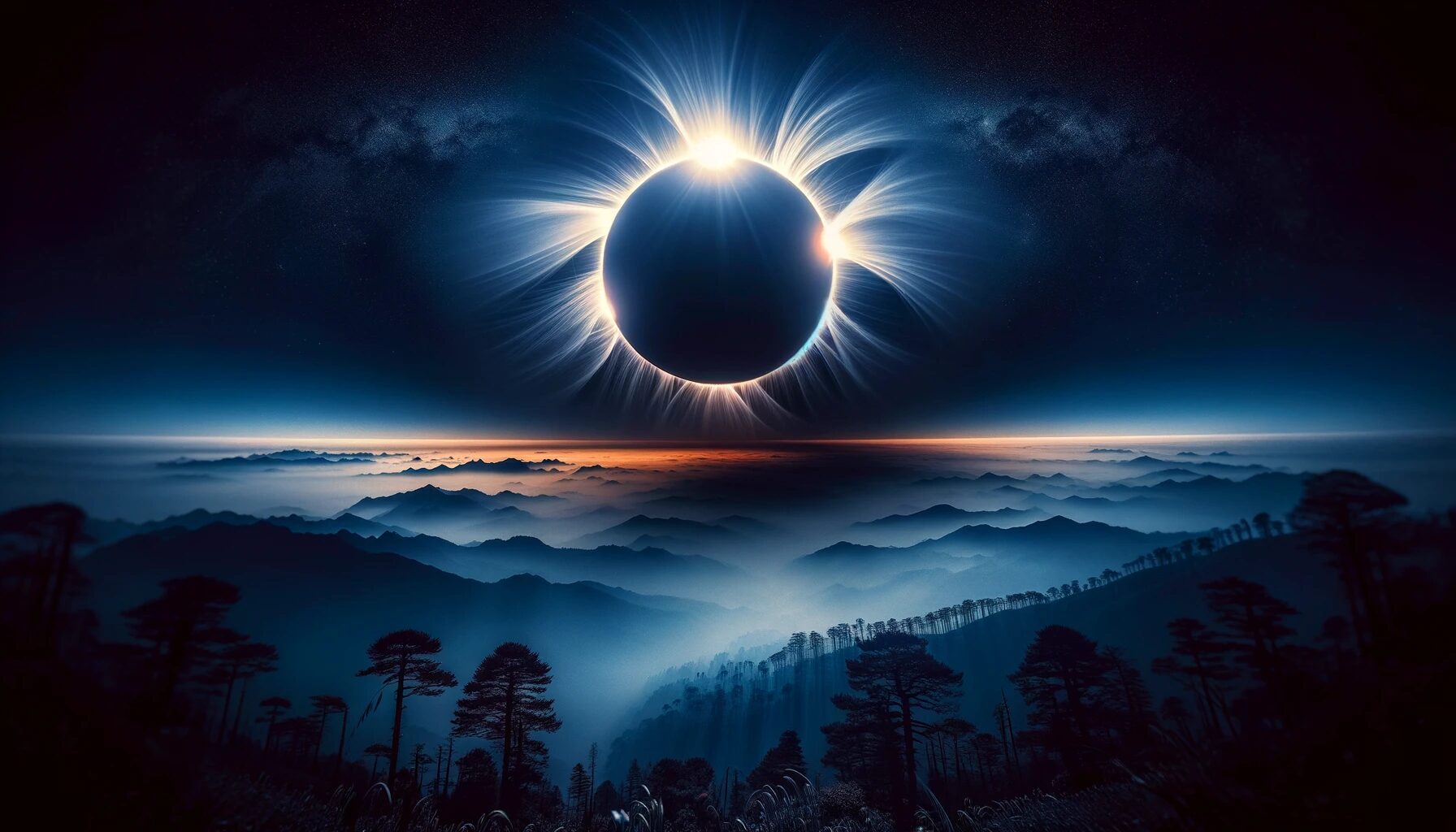Table Of Content
By blending the ancient and the cutting-edge, AI enriches our relationship with the stars above, offering new ways to predict, visualize, and marvel at the celestial wonders like solar eclipses. Whether you’re gearing up for the 2024 event or simply daydreaming about celestial phenomena, AI is here to enhance that experience, making the cosmos more accessible and awe-inspiring than ever before.
How AI Can Be Used to Predict Solar Eclipses
Imagine having the power to foresee celestial dances, specifically, solar eclipses, with precision. AI does just that. By analyzing vast datasets of celestial mechanics, AI algorithms can accurately predict when and where the moon will cast its shadow on Earth, down to the second and kilometer. This isn’t just number-crunching; it’s about understanding the celestial ballet that dictates the rhythms of our sky. The next time you mark your calendar for an eclipse, remember there’s a good chance AI played a part in ensuring you’re looking up at the right moment.
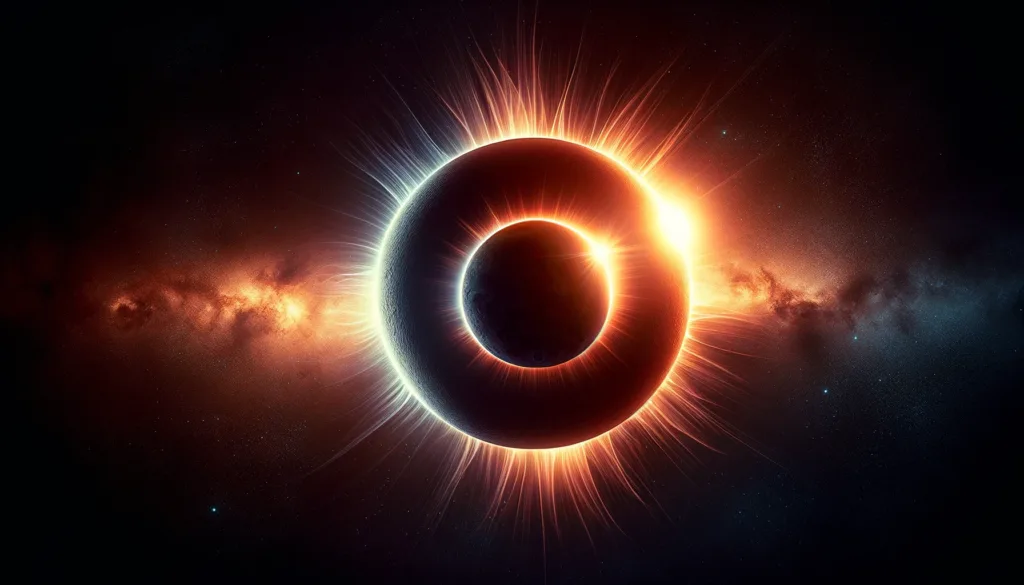
Generative AI and Solar Eclipse Imagery
Now, let’s talk visuals. Generative AI steps into the realm of creativity, offering a unique window to witness solar eclipses without waiting for the next astronomical event. Through advanced machine learning models, AI can generate stunning, detailed images of solar eclipses, capturing the awe-inspiring moment when day briefly turns to night. These visuals are not only free but customizable, allowing anyone to explore the beauty of solar eclipses from various perspectives and locations, all without leaving their home.
Anticipation for Monday, April 8, 2024, in the US
Mark your calendars! On Monday, April 8, 2024, the US will be treated to a spectacular celestial event. This day will bring either a full or annular solar eclipse, a rare opportunity for millions to witness the moon’s shadow crossing Earth. This event is not just a day but a marker in time, anticipated by astronomers, enthusiasts, and casual sky-watchers alike. AI’s role in predicting and visualizing this event only adds to the excitement, offering insights and enhancing our experience of the cosmos.
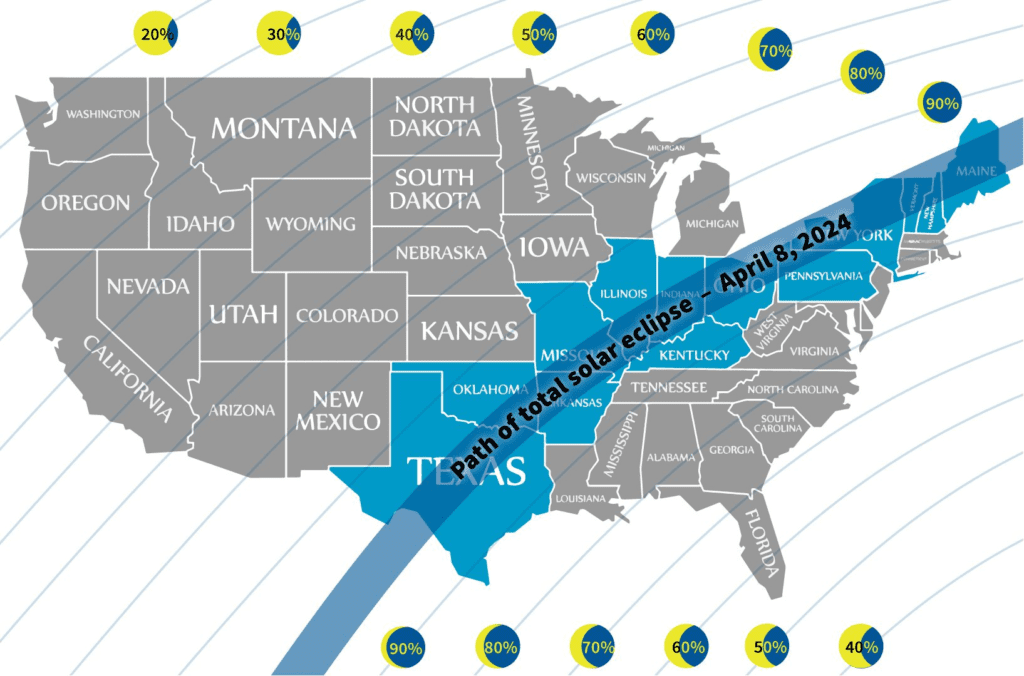
Understanding Full and Annular Solar Eclipses
Lastly, let’s clear up some celestial terminology. A full solar eclipse occurs when the moon completely covers the sun, casting a daytime darkness and revealing the sun’s ethereal corona. It’s a moment of awe, a brief lapse into night during the day. An annular eclipse, on the other hand, happens when the moon is too far from Earth to completely cover the sun, leaving a bright, fiery ring, or “annulus,” visible around the moon’s silhouette. Both types of eclipses provide unique, breathtaking views of our cosmos, reminding us of the ever-moving nature of our universe.
Solar Storm Coincidence
A solar storm is a disturbance on the Sun, which can emanate outward across the heliosphere, affecting the entire Solar System, including Earth and its magnetosphere, and is the cause of space weather in the short-term with long-term patterns comprising space climate.
Just few days before the April 8 Total Solar Eclipse, A powerful solar storm hit Earth but left sky-gazers quite disappointed even though it was billed as the strongest such event in 10 years. The event happened on March 23 when a massive X-class solar flare exploded and unleashed a coronal mass ejection (CME) that was expected to hit Earth. This solar maximum has continued for more than a week and as of today 4 April 2024, massive radio disturbance were experienced on earth, with many people complaining about temporary Wi-Fi network outages.

Free AI Generated High quality photos of a Solar Eclipse
You can download the below collection of AI Generated images and use them for free for all consented usages, both personal and commercial.
